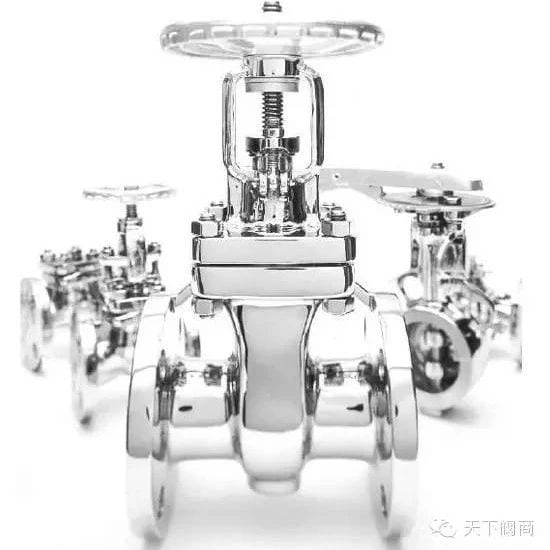Plumbing Valve Network
Valves are extremely versatile devices that can be found almost anywhere; valves are active under the street, in houses, in power and paper plants, in refineries, and in a wide variety of infrastructure and industrial facilities.
Here are seven industries where valves are commonly used and how they use them.
1. Electricity industry
Many power plants use fossil fuels and high-speed turbines to generate electricity. Gate valves are the preferred choice for power plant on/off applications. Other valves, such as Y-gate valves, are sometimes used as well.
High-performance ball valves are widely popular for use in the power industry.
Power plant applications put piping and valves under tremendous pressure, so valves need robust materials and designs to handle the multiple challenges of cycling, temperature and pressure.
In addition to the main steam valve, power plants have a number of auxiliary piping. These auxiliary piping consists of a variety of globe valves, butterfly valves, check valves, ball valves and gate valves.
2. Waterworks
Water plants require relatively low pressure levels and ambient temperatures.
Because the water temperature is ambient, rubber seals and elastomers can be used that are not suitable elsewhere. These types of materials allow for the sealing of installed water valves to prevent leaks.
Valves at waterworks typically have pressures well below 200 psi, so high-pressure, wall-thickness pressure designs are not required. Unless the valve is needed at a high pressure point in a dam or very long watercourse, a built-in water valve may be needed to withstand pressures around 300 psi.
3. Offshore industry
Piping systems for offshore production facilities and oil rigs contain a large number of valves. These valves are available in a variety of sizes to address all flow control challenges.
A key part of an oil production facility is the gas or oil recovery pipeline system. This system is not just used on the platform; its production systems are typically used at depths of 10,000 feet or more.
On larger oil platforms, more processing of the crude oil from the wellhead is required. These treatments include the separation of gas (natural gas) from the fluid steam and water from the hydrocarbons.
These systems typically use ball and check valves as well as API 6D gate valves, which are not suitable for applications where piping requirements are stringent and are typically used on drilling vessels or in internal facility piping on platforms.
4. Waste water treatment
Wastewater lines collect waste solids and fluids and direct them to wastewater treatment plants. Wastewater treatment plants work with low-pressure piping and valves, and in many cases, wastewater valve requirements are more relaxed than clean water requirements.
Check valves and iron gates are the most popular choices for wastewater treatment.
5. Oil and Gas Production
Gas and oil wells and their production facilities use many heavy-duty valves. Underground gas and oil are under tremendous pressure, and oil and gas can be blown up to 100 meters into the air.
A combination of valves and special fittings can withstand pressures of 10,000 psi or more. These pressures are rarely seen on land and are more common in deep sea wells.
Valves used in wellhead equipment are subjected to high temperatures and extremely high pressures. Valve piping packages typically contain special shut-off valves (called throttle valves) and gate valves. Special shutoff valves are used to regulate the flow from the well.
In addition to the wellhead, there are facilities on natural gas and oil fields that require valves. These include process equipment used to pre-treat gas or oil. These valves are usually of carbon steel material and lower grade.
6. Flowlines
Many important valves are used in these pipelines: salaku conto, emergency line shut-off valves. Emergency valves isolate a section of pipeline for maintenance or leakage.
There are also scattered facilities along the pipeline: this is where the pipeline is exposed from the ground and this is where equipment is used to inspect and clean the line. These stations contain multiple valves, which are usually ball valves or gate valves. The valves of the piping system must be fully open to allow the passage of the sewerage equipment.
7. Commercial building
A standing commercial building has a large number of pipes that exist within it. After all, every building needs water and electricity. For water, there must be various piping systems to carry tap water, waste water, hot water and fire protection facilities.
Salaku tambahan, in order for fire protection systems to work properly, they must have sufficient pressure, and the type and category of fire protection assembly valves must be approved by the appropriate regulatory body before installation.
Versatility of the valve
Valves are everywhere. These are just seven common examples; commercial buildings have many more valves than are used for fire protection, such as those used for chemicals, steam and heating.
Valves are also found in automobiles and in houses or apartments. Valves are ubiquitous in our lives and in our production.
 VIGA Keran Produsén
VIGA Keran Produsén 
